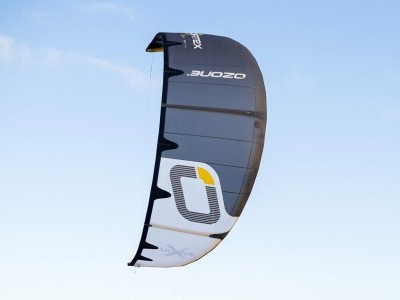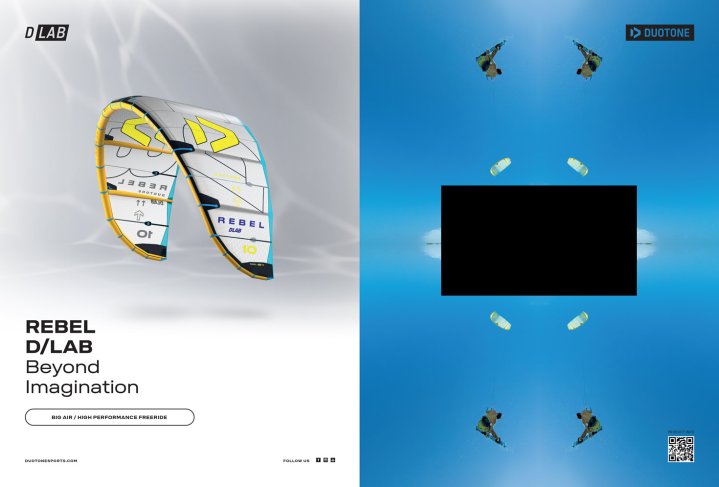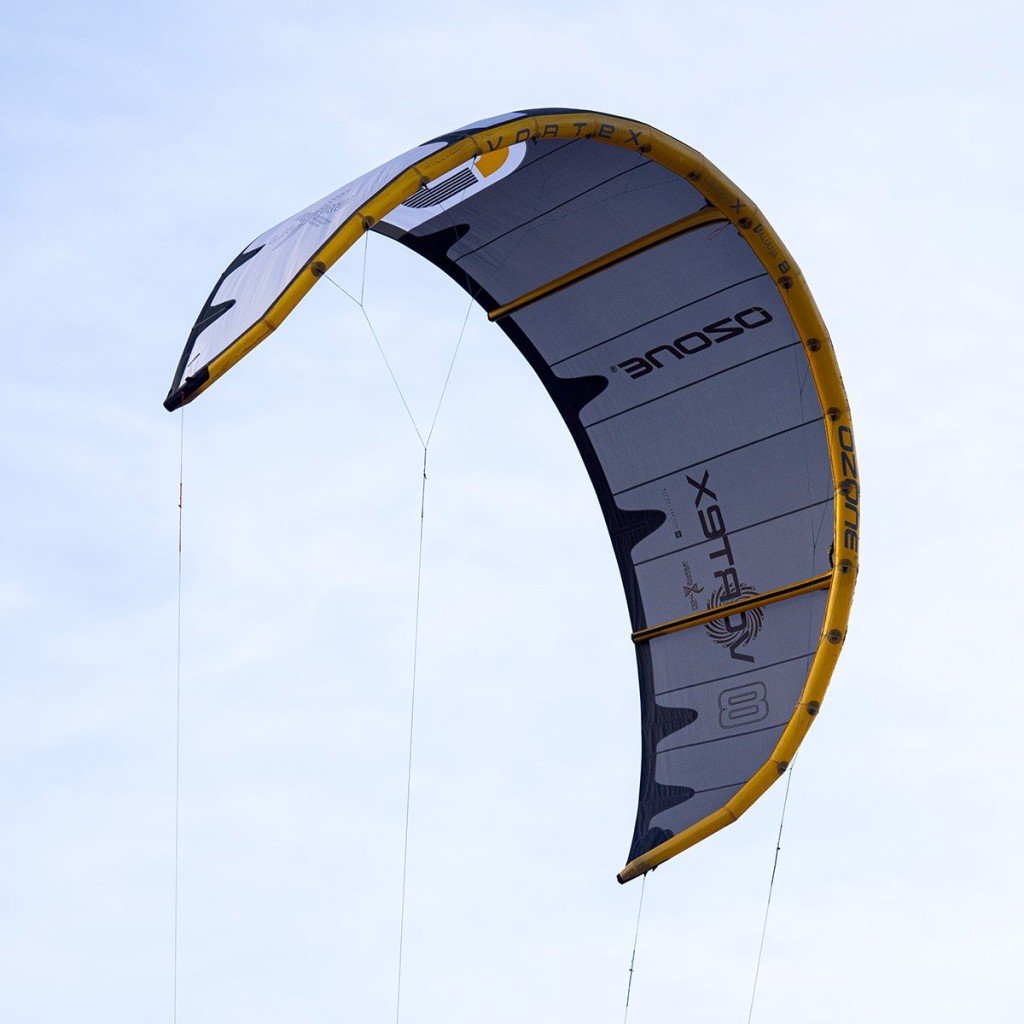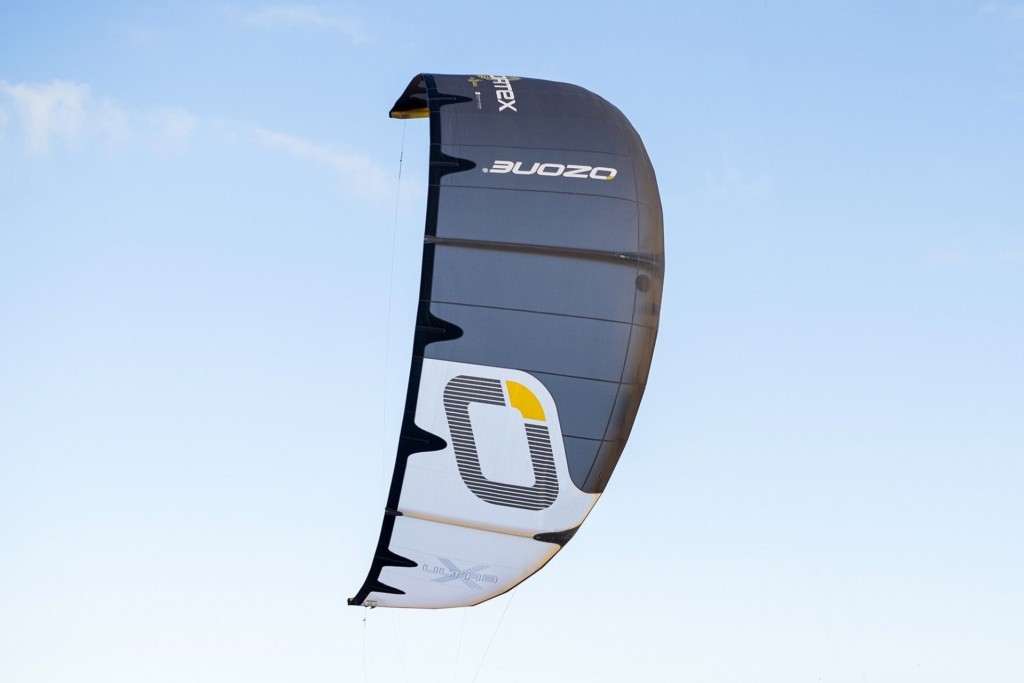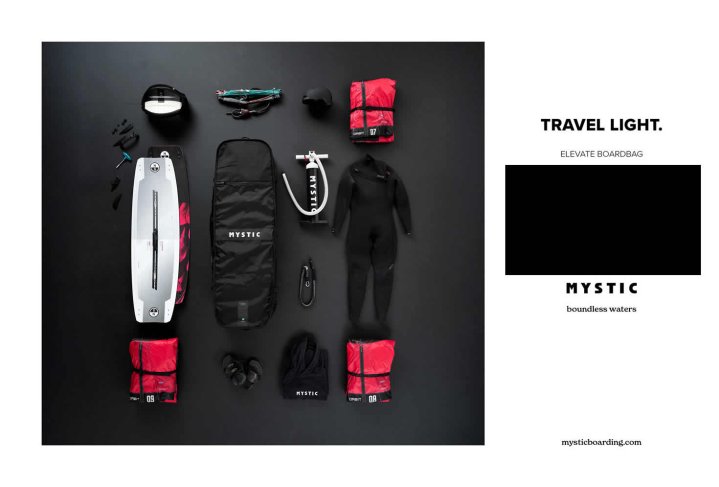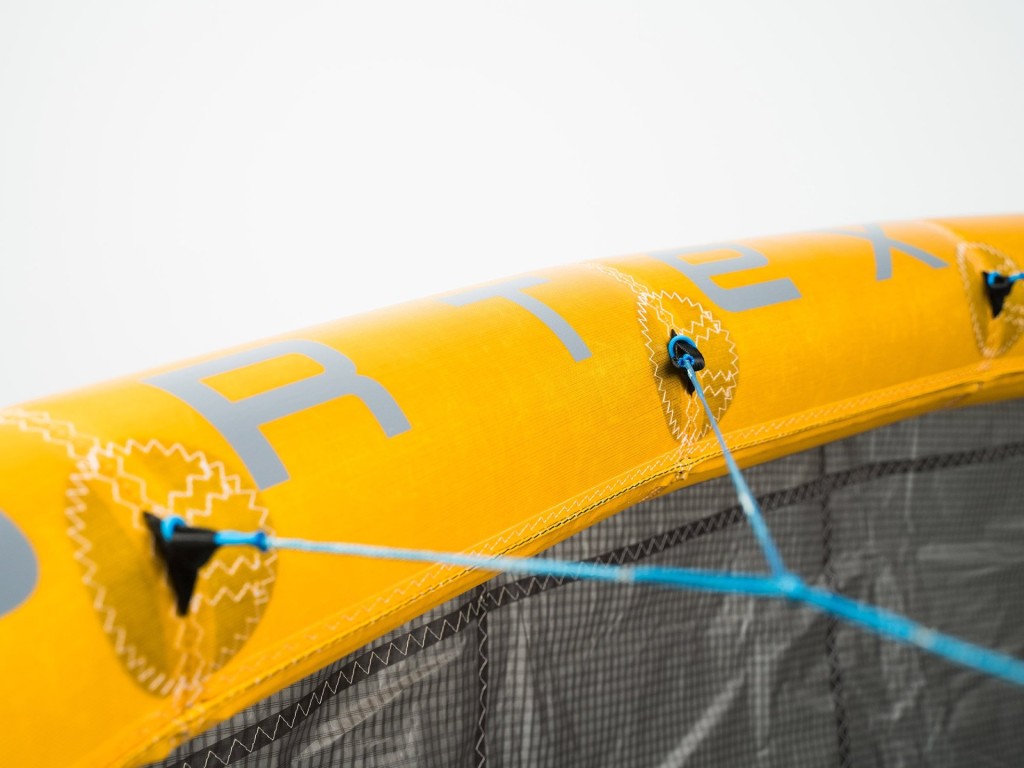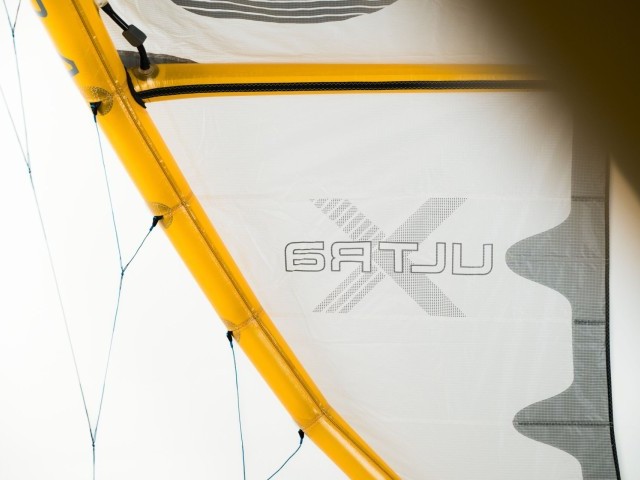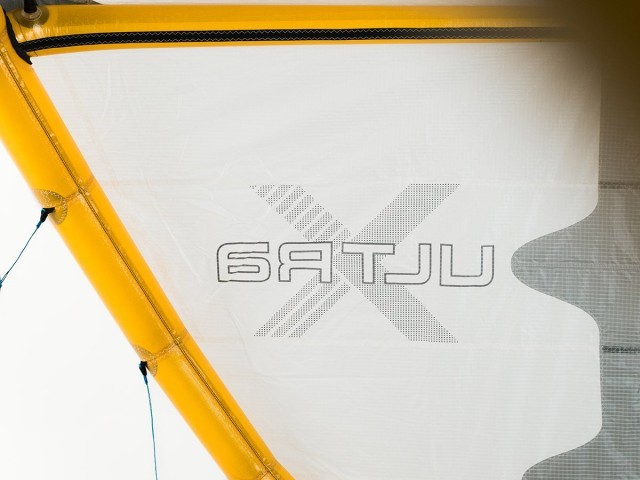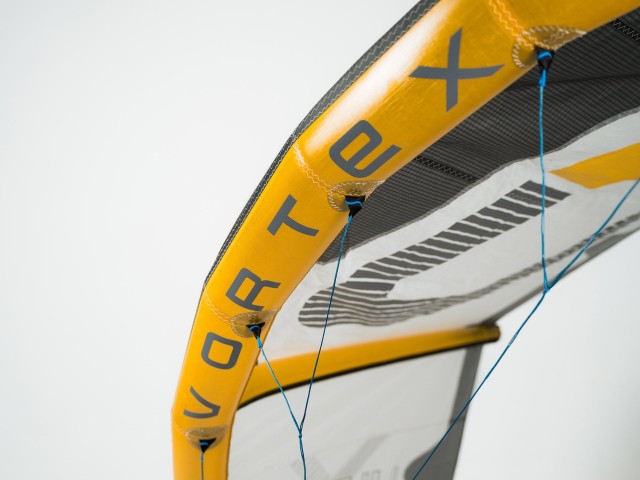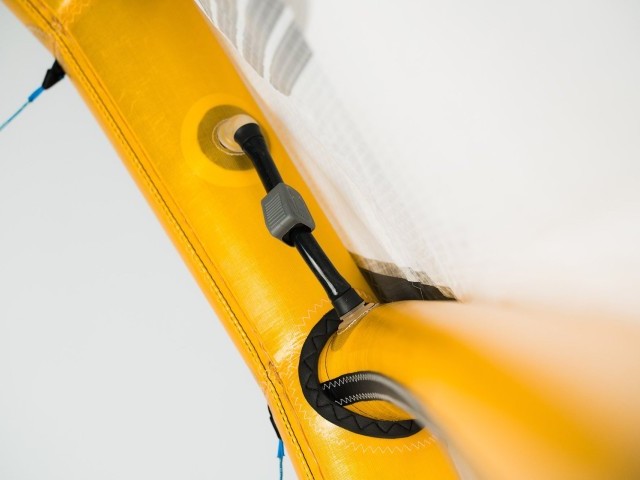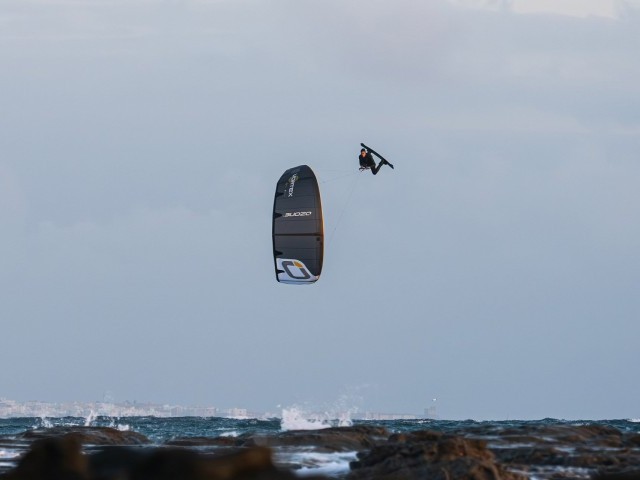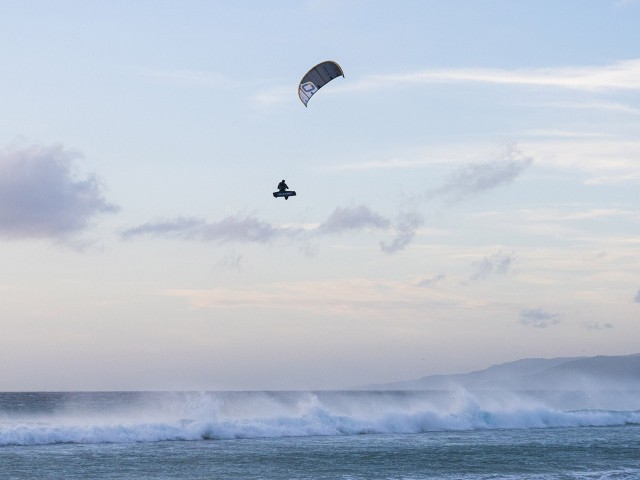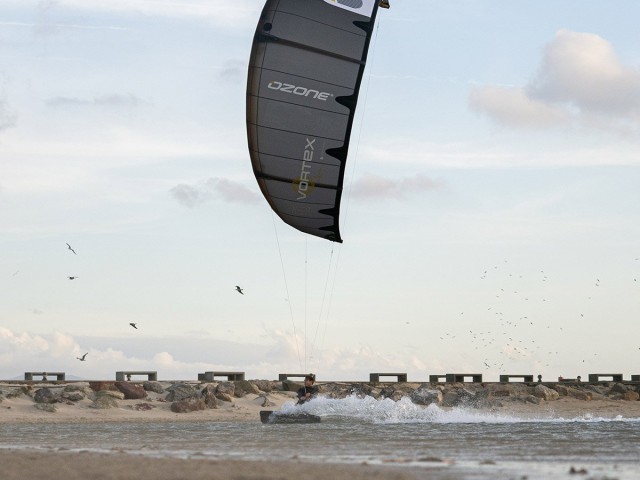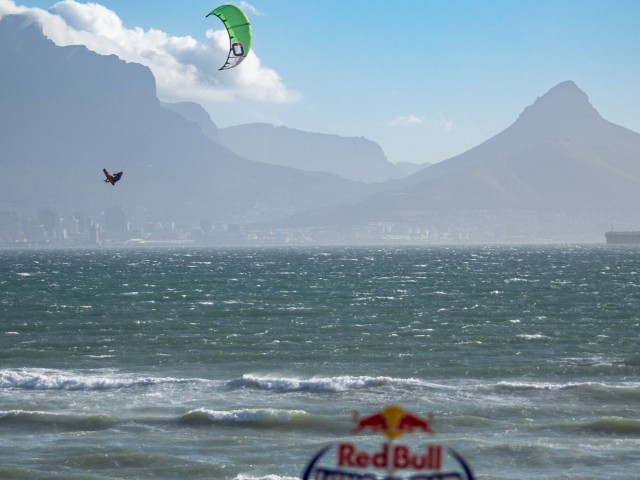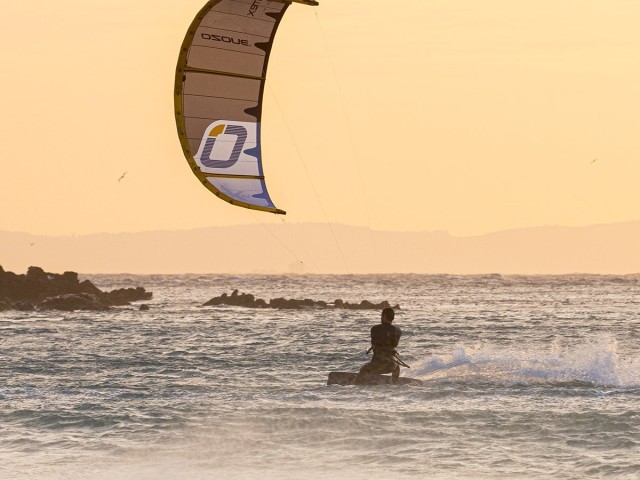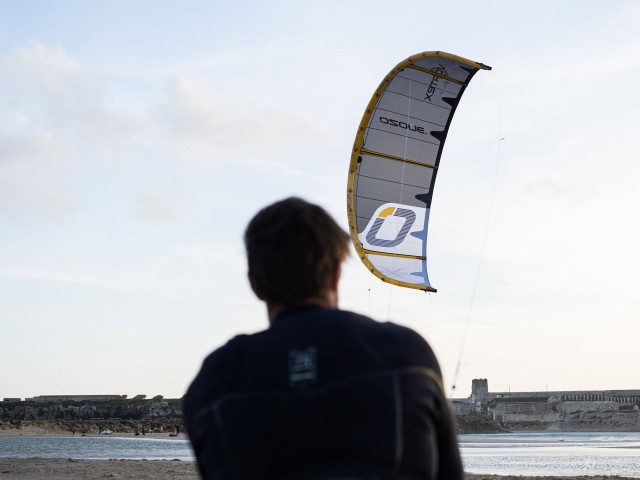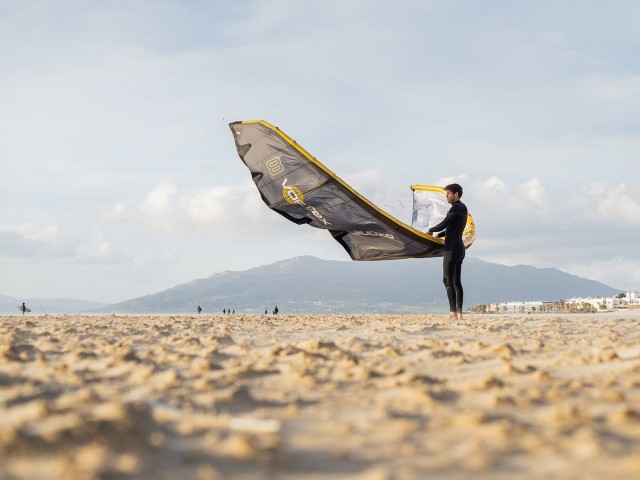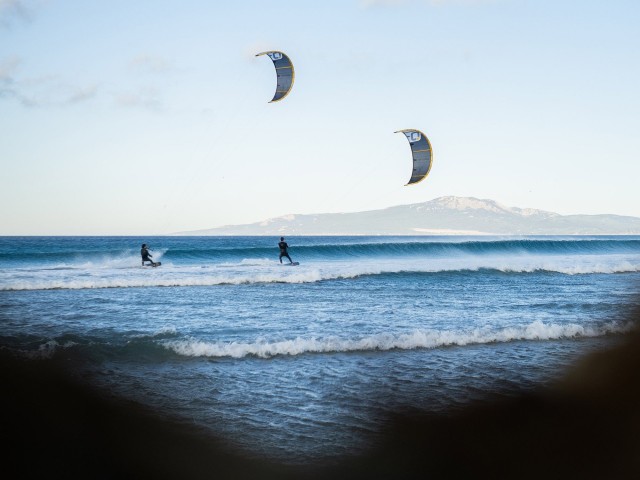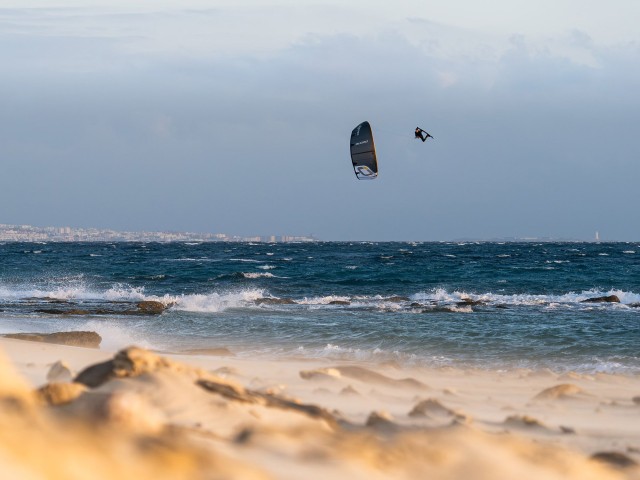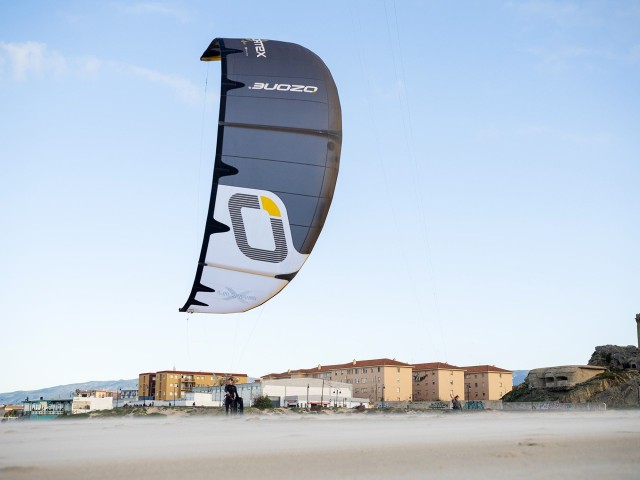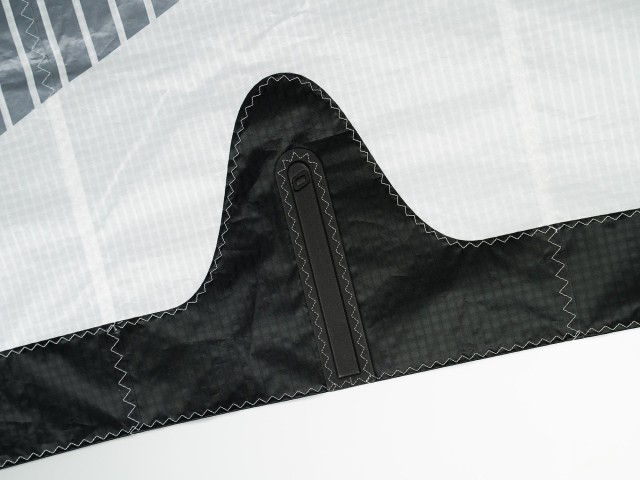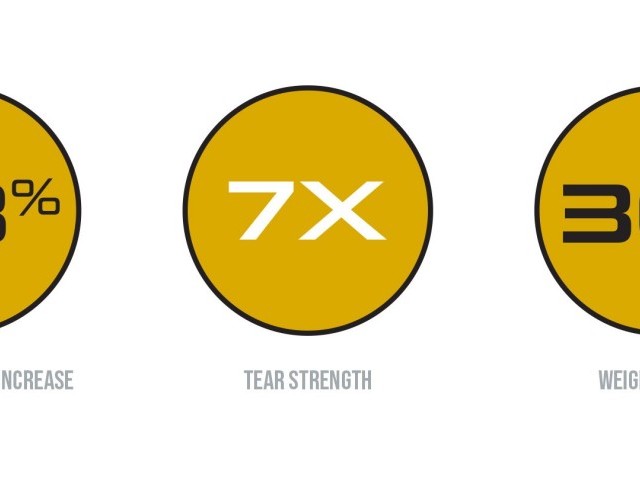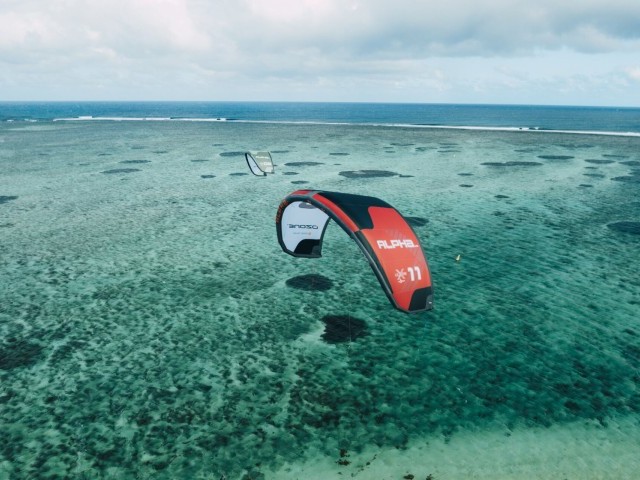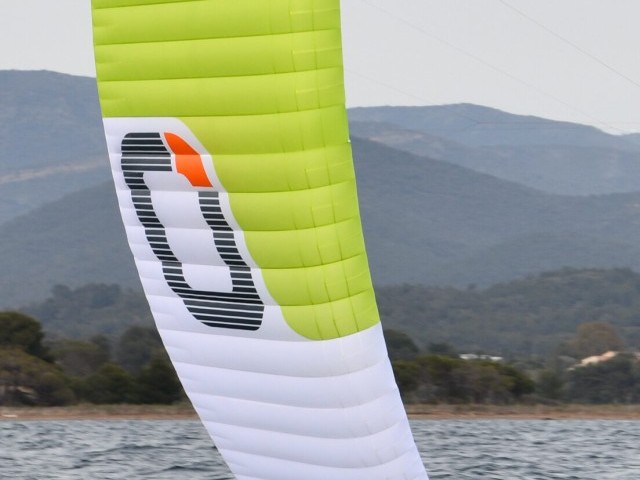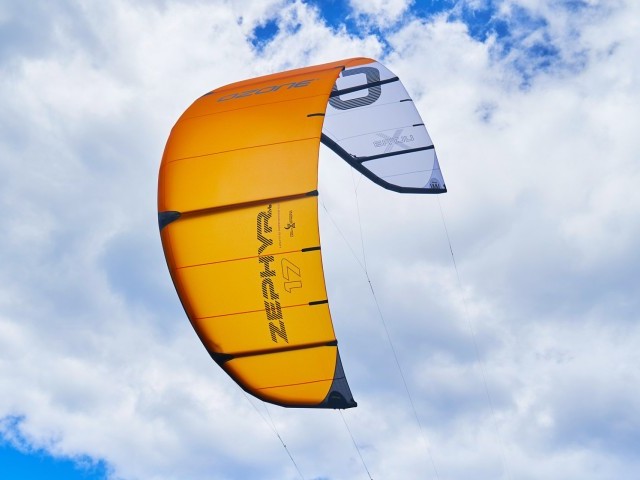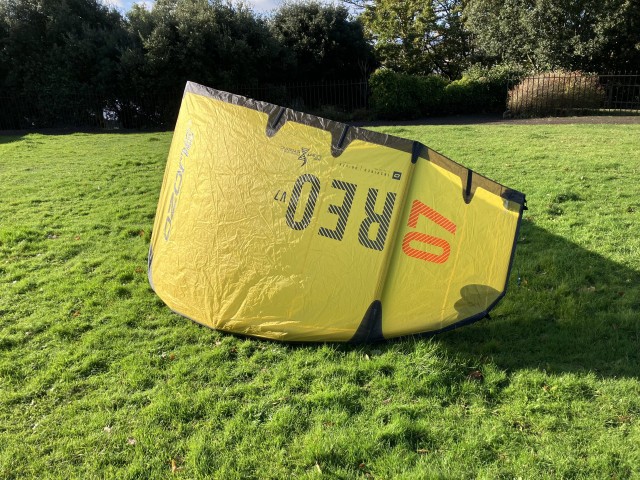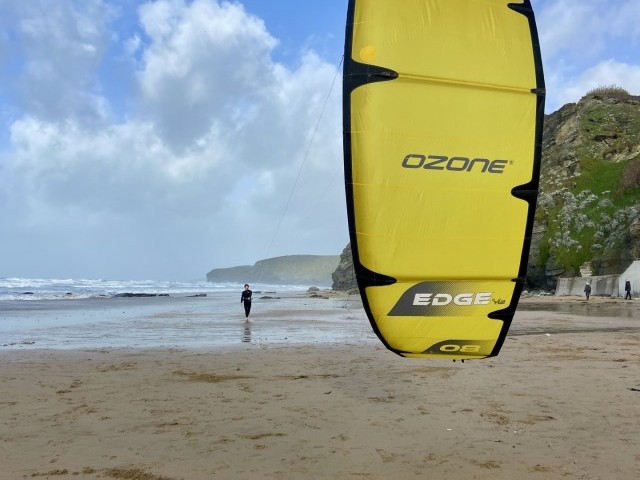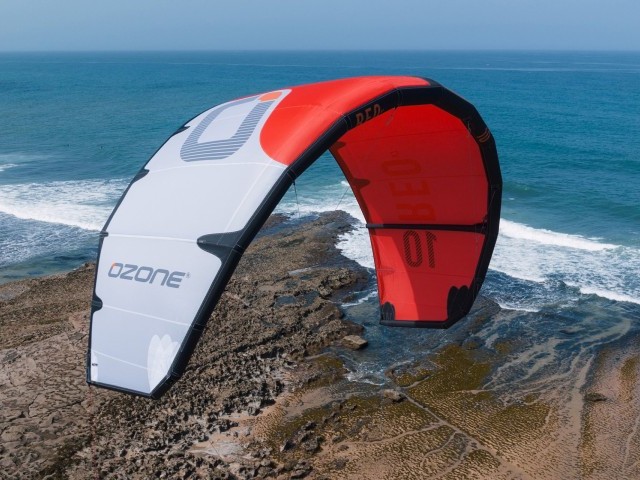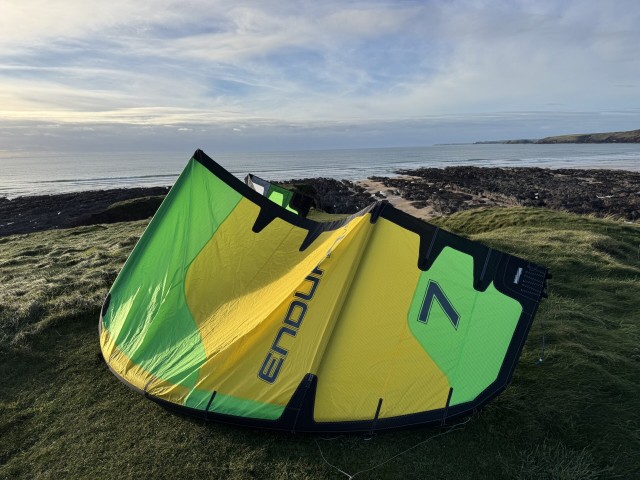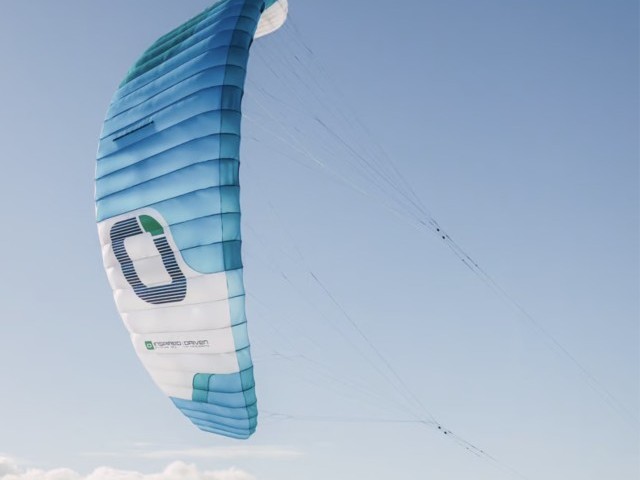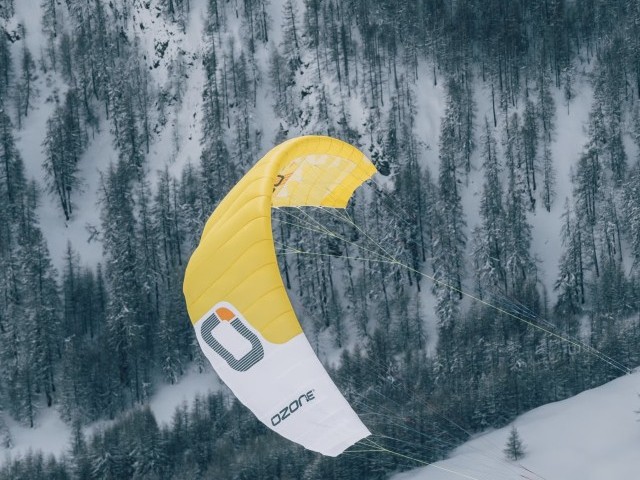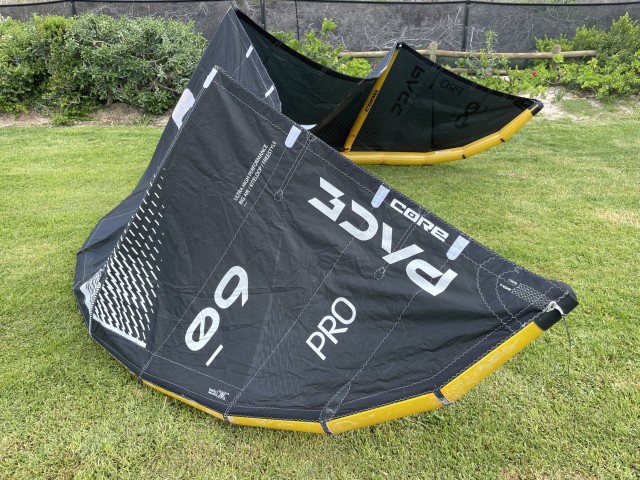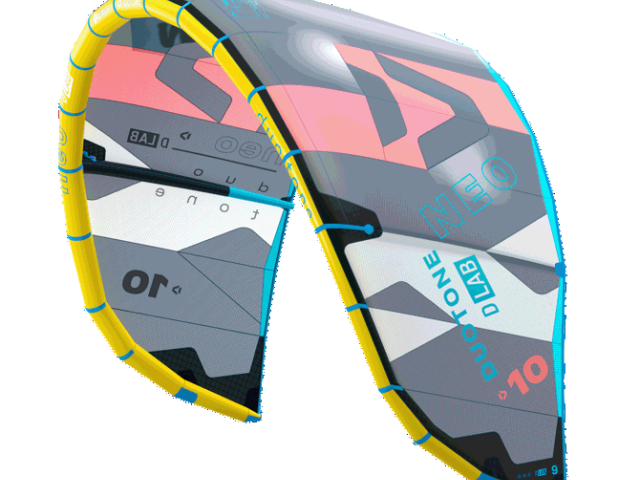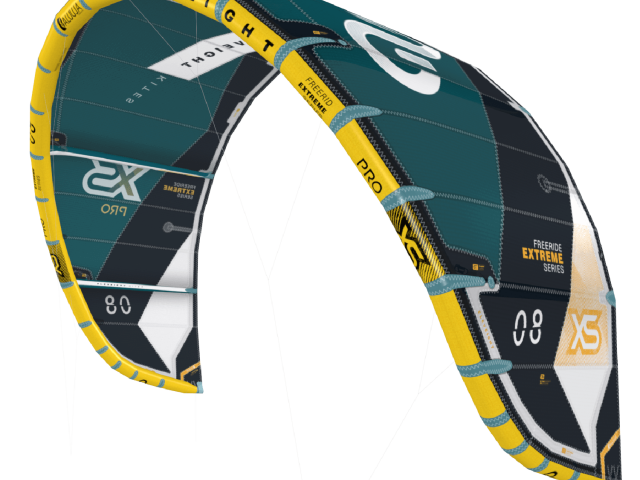At A Glance
It’s always exciting when a brand releases an entirely new product line, but especially when it is their foray into using an Aluula Composites airframe. Now, Ozone is no stranger to new ideas and cutting-edge R&D, and they’re often the pioneers themselves, bringing exciting developments to market. But, having developed and put to good use their own Ultra-X performance dacron throughout their kite and wing offerings, we’ve had to be patient for their Aluula debut. Will it be worth the wait/weight? 😉
Ozone promises responsive big air performance for intermediate to pro-level riders from the Vortex. Despite the Ozone Edge being synonymous with big air and hangtime for years, Ozone now presents the Vortex alone in the ‘Big Air’ category when looking at their website, with the Edge and Enduro occupying the ‘Progression’ space. If you read my review of the recent V12 release of the Edge, you’ll know that Kite certainly doesn’t disappoint in the big air category! I remember early rumours making it sound as though the Vortex was effectively going to be an Edge with an Aluula airframe. Ozone even describes it by saying, “Imagine the Edge, with magic dust”. While the brochure images have an aesthetic similarity, I think it is a totally different animal!
Ultimately, the Vortex is Ozone’s answer to the exact demands of kiteboarding’s big air scene. It promises fast flying, fast handling, fast looping and catches…doubles and beyond included. The entire 3-strut airframe is produced using ultra-stable Aluula, which delivers strength whilst reducing weight (even more so than Ozone’s Ultra-X performance Dacron). The Vortex delivers on all those promises in a surprisingly easy-to-use package, making it a versatile big-air performer.
Ozone has doubled down on its new transversal shaping technique to produce an airfoil section that is as accurate as possible. The transverse sail shaping is inspired by their paragliding department and is an extra seam line close to the leading the full width of the kite. This creates many extra small canopy panels close to the leading edge, intended to create a more ‘true to design’ 3D shape and improve canopy tautness. Imagine a digital image. The greater the number of pixels, the clearer the image. In this case, the greater the number of panels close to the leading edge, the better the 3D reproduction of the intended airfoil section from 2d panels. The vortex is the only kite currently in the Ozone range that features double transverse shaping with two extra seam lines to create an even cleaner airfoil to increase available lift and reduce drag.
The Vortex has a supportive 16-point bridle connection (8 on either side in a 1 to 2 to 4 to 8 configuration) made from a thin Technora bridle line, so I’m expecting an assured and stable ride.
Sizes: 5m, 6m, 7m, 8m, 9m, 10m, 11m
In The Air
I’m not sure which of the many ‘magic dust’ Ozone was referring to when they sprinkled it on the Edge in their dreams, but it must have been pretty potent. The Vortex is faster in every way than the Edge, and the bar pressure and steering inputs are much lighter. The response to input is immediate, and the handling characteristics are rapid by every measure. It is fast to initiate a turn, it is fast through the sky, and it is fast to recover from sent jumps and kiteloops. It doesn’t matter where the kite is in the wind window or whether you’re still in contact with the water or flying through the air; the Vortex remains responsive and fast to respond to your instructions. Despite having a supercar level of handling, it remains surprisingly easy to use. Many kites with this level of speed and performance require a lot of piloting, but the predictability and stability of the Vortex make it intuitive to fly.
The high aspect profile, combined with the vortex's fast handling and forward speed, provides a lot of vertical lift. Optimising your take-off timings will likely take several attempts, as I expect it’ll require speeding up. When you do, you’ll be breaking woo records for sure. It is still easy to feel where the kite is and provide input when you're in the air. The second lift/soft touchdowns are also impressive. Whether you’re jumping or looping, you can use the Vortex’s heliloops to slow you down to the extreme. It is happy flying far behind you during the heliloop as you descend, more than anything I can remember flying. Even when you allow the line tension of your descent to fly the kite far behind you, it still provides an aggressive second lift so that you land softly. This is particularly noticeable when falling from a loop. The more aggressively you go with the loop, bringing the kite lower in front of you, the more extreme the freefall, and the more extreme the heliloop and associated second lift. It provides really fun floaty landings to aggressive manoeuvres.
Whilst I wasn’t going to debut my double kiteloop attempts on an 8, I tried kiteloops of all speeds/angles to get a feel for how the Vortex loops. Almost as fast as you want seems to be the answer. Noticeably, the canopy has a little flutter, whether you’re looping it as tight and quick as possible (as though attempting a double loop) or driving it around a large single kiteloop arc. I flew the Vortex back to back with one of its competitors in the same session, and it felt so much more composed in the loop with no flutter whilst the competitor was audibly flapping when trying the tight kiteloops.
Whilst it wouldn’t be my first choice for non-big-air disciplines like wave riding or foiling, it’ll definitely perform well enough for you not to have to worry about buying another kite if you’re a twintip freerider/big air rider that occasionally likes to get on the water in less than 20 knots on alternate boards. Its fast handling helps in this regard; the depower stroke is smooth and progressive, and the 3-strut Aluula frame design means it is lightweight. So, it deals with little to no line tension and drifts reasonably well.
Overall
When I reviewed the Ozone Edge, I remember being as impressed by the feeling of the kite as its performance. The same is true of the Vortex, which isn’t always the case with no compromised performance kites. It is one of the best big air kites on the market today, and it is intuitive and enjoyable to fly. You don’t have to be kite looping, let alone double looping, to feel the benefits of the Vortex design and Aluula airframe. If you’re confident with your jumps, someone who looks to push themselves at least a bit rides with a fairly high board speed and wants to boost high, you must try the Vortex.
Videos
This review was in Issue 105 of IKSURFMAG.
For more information visit OzoneRelated
By Liam Proctor


